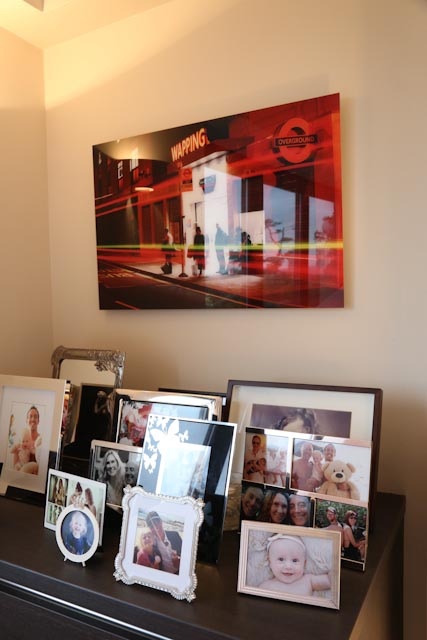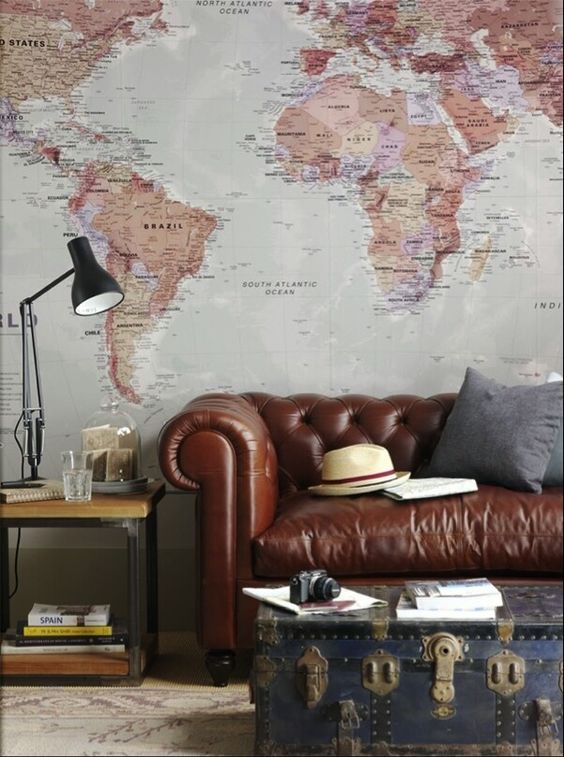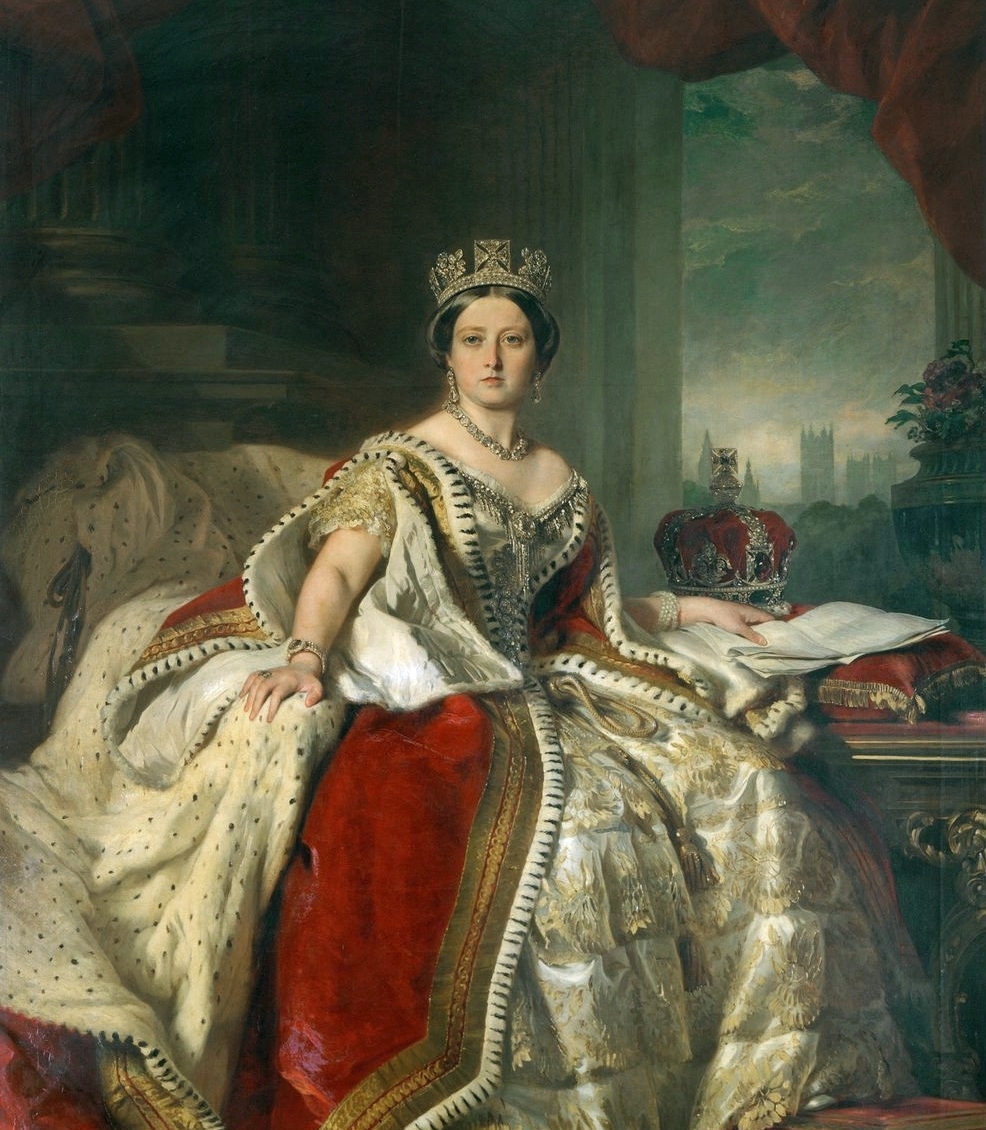Modernism

Modernism first emerged after World War I and favours a clean, streamlined look that maximises light and space. It rejects ornamentation and embraces minimalism, practicality and simplicity.
It still feels 'new' even now and very much resonates with our tastes today.
A great example of this style is The Homewood. I was lucky enough to visit it recently, if you've not been, it's well worth a visit.
The Homewood is a private house, completed in 1938, and is a striking example of Modernist design. It has large windows, a concrete structure, white render and flat roof. Sleek and minimal it is without ornamentation and its rectangular shape is built using strict proportions. Modernism focused on form, structure and a rational and efficient use of space. It was borne out of an era which saw motor cars, aeroplanes and new technologies becoming part of every day life. A new machine age was emerging with new methods of construction and ideals of beauty.
Image: gardenvisit.com
All the interior was made bespoke for the property and much of the design focused on entertaining. The built in cabinetry opposite the windows conceals a serving hatch to link with the kitchen on the other side, as well as concealing features such as a drinks cabinet and gramophone. There is also a built in table which can be pivoted out from the wall, becoming a bar or serving table at a party. And the maple floor is sprung - perfect for dancing! All of this is hidden within the clean lines of the wooden cabinets. The look is comfortable unfussy and streamlined, maximising light and space.
Image: graphics7.nytimes.com
Elegant and sleek, the interiors are also warm and inviting. This is very much a home and not an austere box.
Image: telegraph.co.uk
So where did this type of design come from and what can we incorporate into our own homes?
In 1929 Ludwig Mies van der Rohe designed this building for an International Exhibition in Barcelona and wowed those who saw it. At this time Art Deco was a key design style, incorporating curves, ornamental features and elaborate decoration. Modernism is the very opposite, a reaction against all this embellishment and a return to form and function.
Image: roomology.wordpress.com
It's hard to believe this was designed nearly 90 years ago...
Image: roomology.wordpress.com
The only decoration in this room is present in the materials naturally. No additional ornamentation, the materials speak for themselves without the need for anything extra.
Image: roomology.wordpress.com
What do you think? Do you like what you see? If you're keen to incorporate a touch of Modernism in your own home you'll be pleased to hear that you can easily do so without having to knock your whole house down and starting again! Here are 3 ways to get the look...
1) Materials
Allow the materials to shine in their own right - without extra embellishment or decoration. Wood, concrete, metal, leather, glass - keep it simple and classic.
Steel framed white glass around the fireplace lightens and brightens this space and adds an extra element to the neutral decor. Softened with warm wood, soft tactile leather and low lying furniture. A very beautiful room based on modernist principles.
Image: 1stdibs.com
Rich teak encases the bath and provides support for the sink. This contrasts well with the dark brickwork.
Image: designhunter.co.uk
2) Blur the boundaries between inside and outside
Light, light and more light. Those large rectangular windows which characterise most Modernist homes allows light to come flooding into the rooms and provides a beautiful view to anyone looking out. It brings the outside inside. Here are some ways you can do this in your own home.
Minimise any curtains or blinds by your windows, better still remove them all together. Allow the maximum amount of natural light to come into your home as possible. Consider also putting in a wall of glass so that light can filter throughout the house.
Image: davidfern.com
Remove any barriers between the indoors and outdoors by allowing the same flooring to span inside and outside. Make your outside an extension of your home and a room in itself.
Image: realestate.com.au
Ok, so I know this is example is a little extreme - altering your house to incorporate a tree! But, the idea of integrating your home into its surroundings is a good one. Choose your garden planting carefully and try to help your home become part of your garden and part of nature.
Image: metalocus.es
3) Built-in furniture
Keep clutter to a minimum and hide it all away with clever built-in cabinets. These should be low level, without stretching up to the ceiling, to keep the lines clean and unfussy. Furniture should be multi-functional.
Low cabinets will lead your eye through a room. With no high shelving or cabinets, it'll also make the space seem bigger.
Image:muramur.ca
Or conceal your storage in what looks like a wall. It will get rid of your clutter and you could have this beautiful wood to look at each day.
Image: design hunter.co.uk
If you're feeling inspired, its worth venturing out and viewing examples of Modernist architecture and design. You can visit The Homewood here, but also check out 2 Willow Road, the home of Ernö Goldfinger and his family in 1939. If you feel like travelling further afield, visit a building designed by Le Corbusier, particularly the Chapelle Notre Dame du Haut, Ronchamp, France - you'll never see anything like it anywhere else!
Title image: dwigmore.com, Ilya Bolotowsky c.1945

















